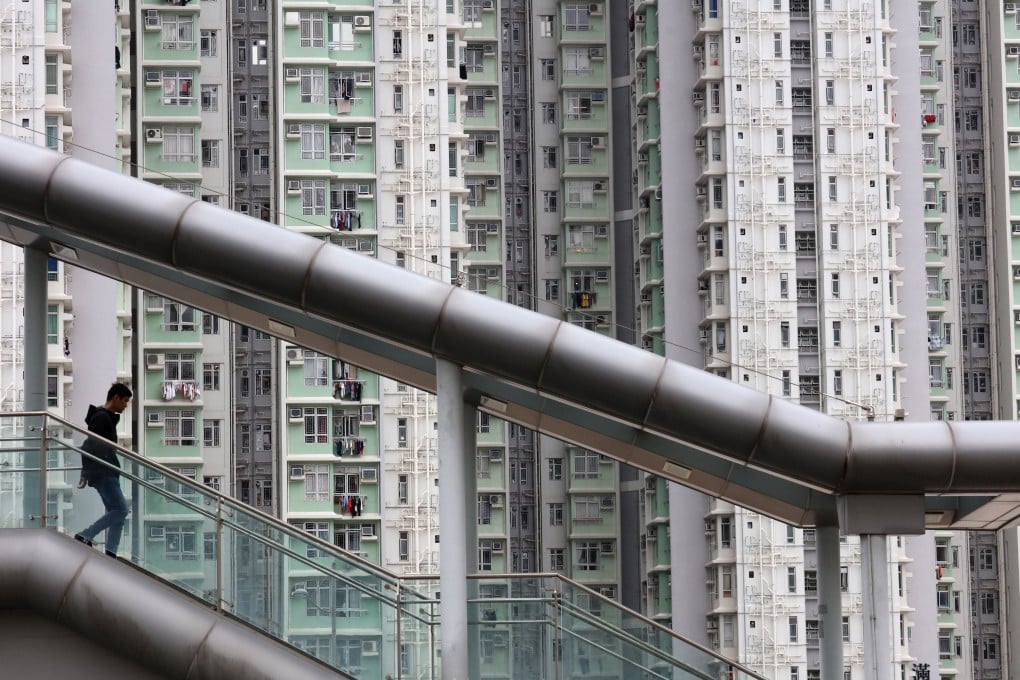Government has ‘grossly underestimated’ demand for new homes, Our Hong Kong Foundation says
- Group says government’s projections do not consider different generations of families forced to share flats
- The organisation has called on authorities to revise methodology, saying the official target of 450,000 flats over the next decade is not enough

The demand for new homes in Hong Kong has been “grossly underestimated” by the government, a think tank has said.
Our Hong Kong Foundation, founded by former chief executive Tung Chee-hwa, said the city’s target of building 450,000 flats in the next decade was not enough.
It argued that the way the government calculated the need for homes did not take into account a “pent-up demand” caused by families who would have chosen to live separately if there had been an adequate supply of affordable homes.
The think tank said the average living space had shrunk for those in the private sector, as more people were forced to live together in cramped conditions.
It pointed to figures from the Census and Statistics Department, which showed the average household size for private rental units surged from 3.09 to 3.47 people per flat between 2006 and 2016. The increase in household size meant a slower net growth in the number of households.
